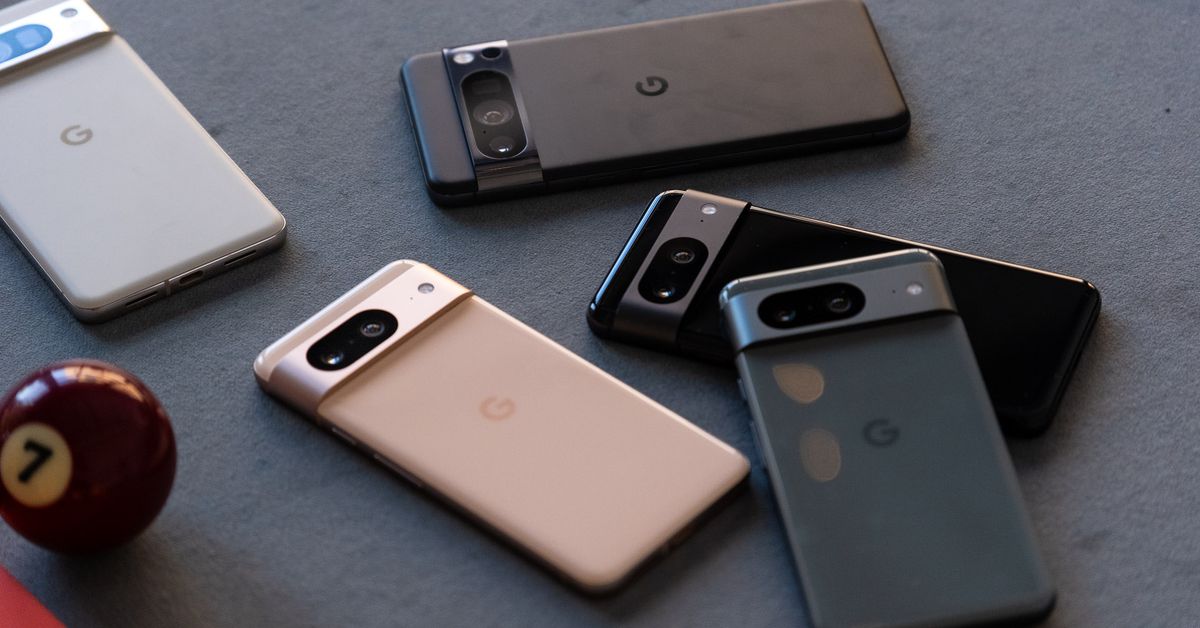Cool, looks like no more Bluetooth anything for me…
good - there’s far more andoid phones than there are iphones - the fobs will be far more accurate
I can’t wait to turn that shit off.
Couldn’t you be tracked by other phones nearby?
Google was already building a huge database with the locations of all the WiFi and Bluetooth devices at given times that they could. That’s how the high-resolution location services they use work.
Bluetooth and WiFi radios broadcast unique IDs. Google has any Android phones in the area tell them signal strengths and location, which is sufficient not just to locate the phone sending them the data, but also all those devices. And due to how those IDs are allocated, they can identify device types, data-mine that.
Google already knows what Bluetooth devices you have and can follow them as they move and knows where and when they were powered on. Bluetooth-enabled smart TVs, Bluetooth-enabled earbuds, Bluetooth-enabled smart lightbulbs, Bluetooth-enabled keyboards, Bluetooth-enabled mice, Bluetooth-enabled game controllers, Bluetooth-enabled (or WiFi-enabled) cars. If you flipped on a Bluetooth-enabled vibrating buttplug in a hotel room that also happened to contain two Bluetooth-enabled smartphones anywhere in range of an Android device using Google Location Services – including potentially either of the two phones themselves – Google knows about the location and time of that incident and has logged it in their database.
They’ve already got that data. This is just exposing some of that data that they already have to the device owners.
Still turning that shit off, and not buying corpo tracking devices.
Can’t wait to add another tracker to the ol’ keyring 😅

Am I misunderstanding, is this not that? My understanding is the this will allow you to find devices other than your phone–tablets, earbuds, etc–by triangulating the location using not just your own phone but all Android phones local enough to detect the device being sought.
Yep, but as Google’s network (which would be the most comprehensive) is not yet ready, I’m using the next best thing: both Samsung and Apple’s - combined.
Note: I don’t live in a country where Tiled is sold or used too often, so they’re a no-go.





